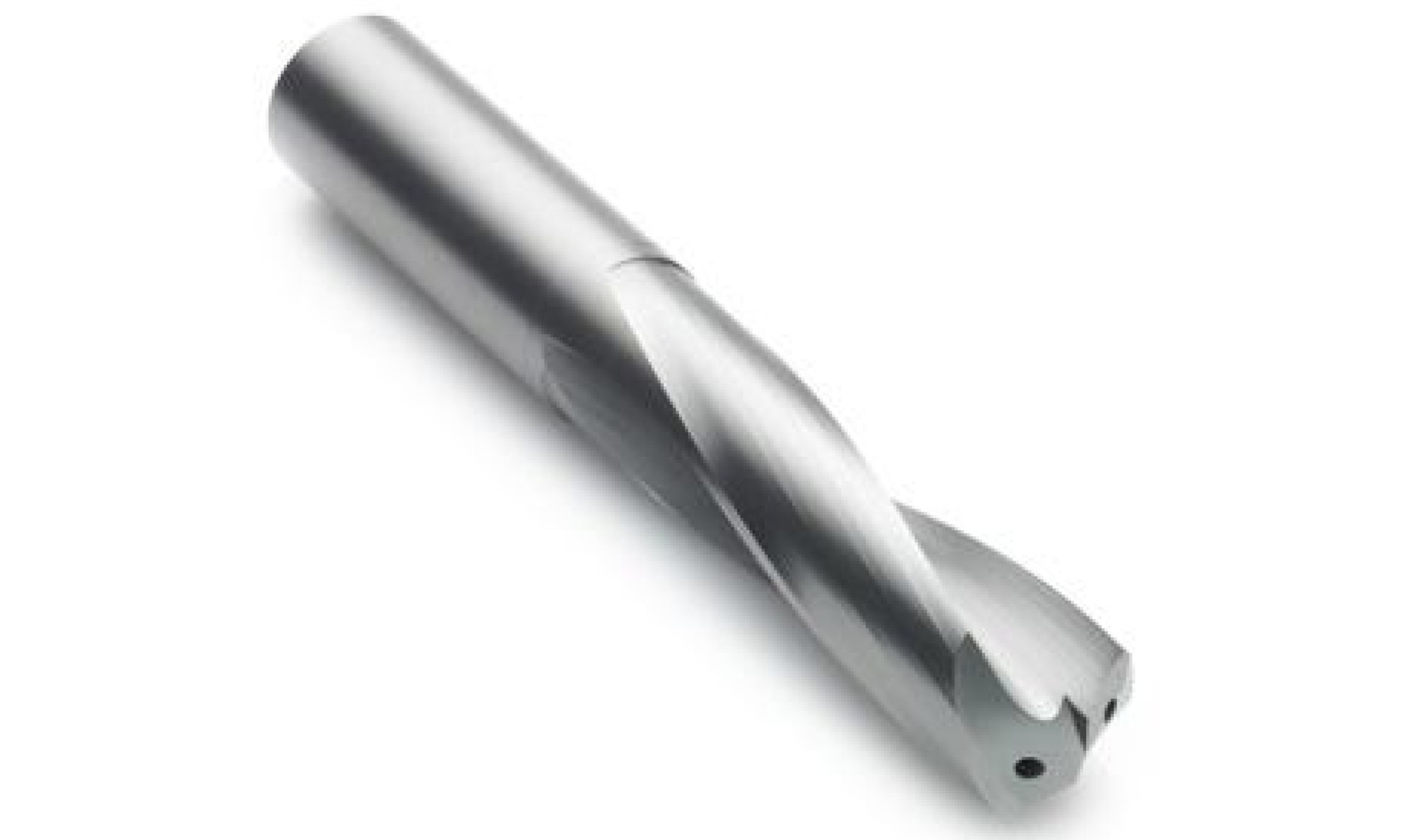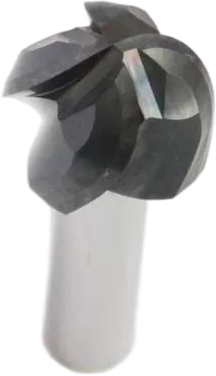
There are several skills to master in sharpening non-standard drill bits~

1 The cutting edge should be level with the grinding wheel surface
Before grinding the non-standard drill bit, the main cutting edge of the non-standard drill bit and the grinding wheel surface should be placed on a horizontal plane, that is to say,
when the cutting edge touches the grinding wheel surface, the entire edge must be ground.
This is the first step in the relative position of the non-standard drill bit and the grinding wheel. After the position is set, it will slowly lean towards the grinding wheel surface.
2 The axis of the non-standard drill should be inclined at an angle of 60° from the surface of the grinding wheel
This angle is the front angle of the non-standard drill bit. If the angle is wrong at this time, it will directly affect the size of the top angle of the non-standard drill bit,
the shape of the main cutting edge and the bevel angle of the chisel edge.
Here it refers to the positional relationship between the axis line of the non-standard drill bit and the surface of the grinding wheel, 60° is enough,
and this angle is generally more accurate. Here we should pay attention to the relative horizontal position and angular position of the non-standard drill bit before sharpening.The two should be considered as a whole. Don't ignore the angle of setting for the sake of leveling the edge,
or ignore the leveling of the edge for the purpose of setting the angle.
3 Grind the back from the edge to the back
After the cutting edge touches the grinding wheel, it should be ground from the main cutting edge to the back, that is,
the cutting edge of the non-standard drill first contacts the grinding wheel, and then slowly grinds down along the entire flank.
When the non-standard drill bit cuts in, you can lightly touch the grinding wheel, first perform a small amount of sharpening, and pay attention to the uniformity of the sparks,
adjust the pressure on the hand in time, and pay attention to the cooling of the non-standard drill bit, so that it cannot be ground too much. Cause the edge to change color,
and the edge is annealed. When the temperature of the cutting edge is found to be high, the drill bit should be cooled in time.
4 The edge of the non-standard drill should swing up and down
The tail of the non-standard drill bit cannot be warped. This is a standard non-standard drill grinding action.
The main cutting edge should swing up and down on the grinding wheel, that is,
the hand holding the front of the non-standard drill should evenly swing the non-standard drill up and down on the grinding wheel surface.
However, the hand holding the handle cannot swing, and the rear handle should also be prevented from turning up, that is,
the tail of the non-standard drill bit should not be higher than the horizontal centerline of the grinding wheel, otherwise the cutting edge will be blunted and cannot be cut.
This is the most critical step. Whether the non-standard drill bit is ground well or not has a lot to do with it. When the grinding is almost done,
start from the edge of the blade and rub it lightly towards the back corner to make the back of the blade smoother.
5 Ensure that the blade tip is aligned with the axis
The two sides are symmetrically repaired slowly, and after one edge is ground, then grind the other edge.
It must be ensured that the edge is in the middle of the axis of the non-standard drill bit, and the edges on both sides should be symmetrical.
Experienced masters will observe the symmetry of the drill tip under bright light, and slowly sharpen it.
The relief angle of the cutting edge of non-standard drills is generally 10°-14°. If the relief angle is large, the cutting edge is too thin, and the vibration is severe during drilling.
The hole is triangular or pentagonal, and the chip is needle-shaped; the relief angle is small. When drilling, the axial force is very large,
it is not easy to cut in, the cutting force increases, the temperature rise is large, and the non-standard drill head heats up seriously, and it is even impossible to drill.
The back angle is suitable for grinding, the front point is centered, and the two edges are symmetrical. When drilling, the drill bit can remove chips lightly, without vibration,
and the hole diameter will not expand.
6 Grinding the tip of non-standard drill bit
After the two edges of the non-standard drill are sharpened, there will be a plane at the tip of the two edges,
which will affect the center positioning of the non-standard drill. It is necessary to chamfer the corner at the back of the edge to make the plane of the edge as small as possible.
The method is to erect the non-standard drill bit, align it with the corner of the grinding wheel, pour a small groove at the root of the blade, and face the edge of the blade.
This is also an important point for non-standard drills to be centered and cut lightly. Note that when grinding the chamfer of the edge tip,
it must not be ground on the main cutting edge. This will make the rake angle of the main cutting edge too large, which will directly affect the drilling.

